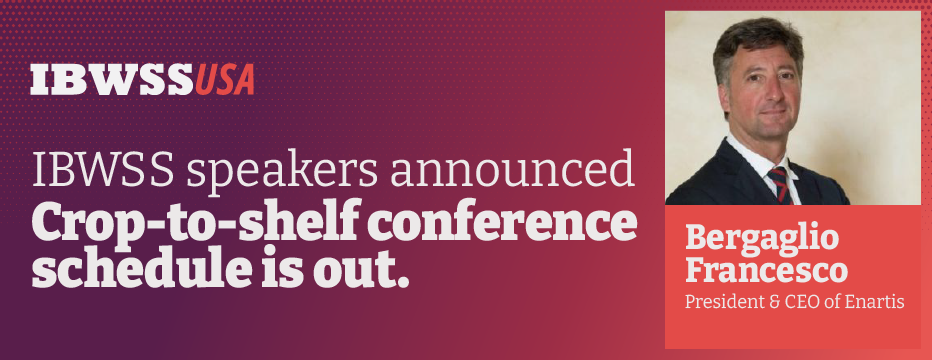Sommeliers Choice Awards 2023 Winners
Heineken USA pledges 25% of ad budget for digital
Heineken USA now spends a quarter of its advertising budget on digital media.

Heineken USA now spends a quarter of its advertising budget on digital media, and has been pushing particularly aggressively into programmatic advertising.
This year, the company says it will allocate 25% of its ad spending to digital media for its portfolio of brands, which include Heineken, Dos Equis and and Desperados, up from 20% last year. And it will spend 10% of those budgets using programmatic channels, or Web-based tools and software that will theoretically help Heineken buy ads more efficiently and better measure their effectiveness.
To that end, Heineken has teamed up with with the Web video ad technology firm TubeMogul to help facilitate this programmatic push. A big chunk of Heineken’s digital spending shift is concentrated in Web video, explained Ron Amram, senior media director at Heineken USA.
Mr. Amram said that three years ago, just 5% of Heineken’s media budgets were directed at digital outlets. Now, some brands, like the young-skewing tequila-infused beer Desperados, spend all of their marketing budgets on digital ads.
“Our media plans were outdated,” said Mr. Amram. “We were too reliant on TV and radio and out-of-home. Now, we are trying to be smarter, measure our impact and be as aligned with consumer behavior and interests as possible…For example, if you are spending any money on TV for a young brand like Desperados, you are wasting your time.”
Mr. Amram’s point about the brand being “outdated” highlights a reason why many marketers still spend big on traditional media–history, and inertia. He argues that because many advertisers had lacked great research about the effectiveness of different ad vehicles, they were reluctant to change they way they did things.
“I think it’s hard to make decisions without information,” he said. “And marketing people have always struggled to gauge [return on investment].”
That’s getting better, he says, as more advertisers invest in research and employ more digital media, which generally offers more data that can be used to grade whether an ad campaign works.
Still, Mr. Amram acknowledged that it also takes time to sell a digital ad spending shift throughout the culture of an organization like Heineken and its partners.
“You have to prove [that digital media works] to upper management, to your sales team, retailers, to regional distributors,” he said. “Those regional distributors, in the past if they don’t see billboards and hear radio ads in their markets, they think you’re not investing.”
One reason that Heineken is syncing up with TubeMogul TUBE -1.00% to help execute a good portion of its digital media efforts is that TubeMogul’s software can be used to pull in multiple data sources and provide a broader view of an ad campaign across multiple channels, not just Web video. That should help make Heineken executives feel like they understand whether spending this much on digital media is working. Heineken plans to use TubeMogul for direct ad deals with specific publishers and to buy large video audiences programmatically, Mr. Amram said.
“You can build scale extremely rapidly, and you can also track everything and optimize with their tools,” said Mr. Amram.
In fact, Heineken plans to have its in-house media team trained on using the TubeMogul software. Heineken’s agency MediaVest will also handle many of the brand’s programmatic campaigns.
Brett Wilson, CEO and co-founder of TubeMogul, said he expects to see more such arrangements to take hold, as advertisers will be seeking to funnel more of their online ad efforts through a smaller list of ad technology partners. “We think the model of brand and software company and agency working together like this has legs in the market,” he said. “There are so many advantages to consolidating spend to a single piece of software that it’s inevitable.”
Mr. Amram tends to agree. While he insisted that Heineken’s pact with TubeMogul doesn’t prevent the company from working with other Web video vendors or ad companies, he sees great benefit in having a central digital dashboard for planning ad campaigns. “What you want to do is tear down these little silos [within large marketing organizations],” he said. “If you are measuring in isolation you’re not measuring. We want to get as much learning across ad channels.”
Source | blogs.wsj







